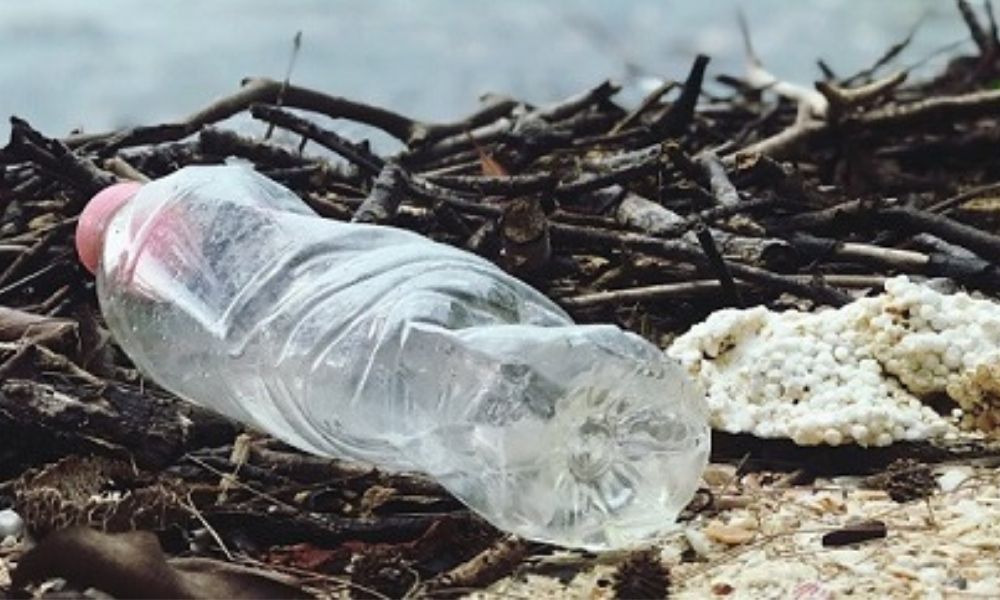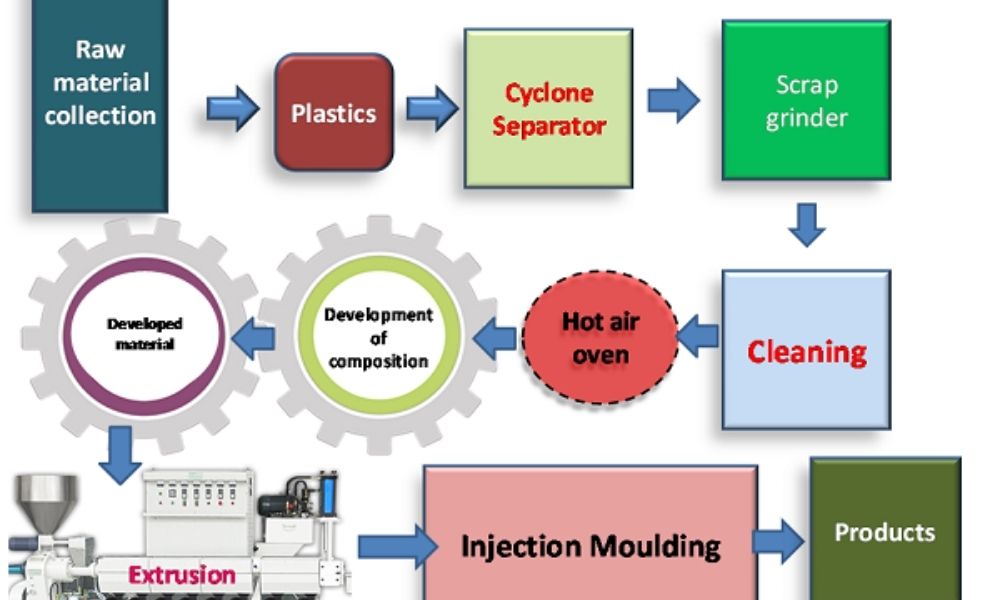Plastic is immensely harmful to the society and that’s something everyone knows from several chants of plas tic being untreatable and non-biodegradable in nature. That automatically brings in the question of recycling plas tic waste. From plas tic carry bags to plas tic bottles used by soft drink companies, millions of tonnes of plas tic are disposed of into the sea and oceans. Large scale production of plas tic began in the 1950s, and in 2020 an estimated amount of 24 to 34 million tonnes of plas tic is deposited into river, lakes and oceans every year. And according to estimate, there will be more plas tic than fish in the sea b 2050.

When consumers are asked to be saviors by recycling, it seems like a heartfelt need to dedicate towards the society constructively. But recycling isn’t enough. As much good it might serve to single-use plas tic is it just not enough to protect the earth from the plastic apocalypse. The reason behind it being that plastic recycling is actually a way to correct a mistake or prevent higher destruction and while it is appreciable and necessary against the damage already made, but it is not dealing with the issue at the root level. The root cause behind the impending apocalypse is the manufacture of such large quantities of cheap and non-reusable plastic in the first place. Southeast Asia is known as the major dumping ground for plas tic wastes.
That brings us to the next topic. Aren’t we informed that our plastic wastes are getting recycled? Well, that is where misinformation lies. Only 10% of the plastic is recycled as producing virgin plastic is way more cost-effective than recycling old plastic.
What happens to the rest of the plastic that is dumped into the aquatic world?

They cause immense harm to aquatic life and the environment. Owing to the fact that plastic does not biodegrade very easily, they cause harm to the planet through entanglement and consumption. They give off an odour that mimics the natural food of some species of the ocean because of which they consume the plastic and chokes to death. If not consumption, these plastics are often turning into the plastic reef that entangles sea creatures and eventually kill them off.
Not just that, plastics also accumulate into the food chains. We apparently consume remnants of plastic and its harmful chemicals in the seafood that we consume. Toxic chemicals from the plastics in the ocean disrupt the chemical balance of the water and pose harm to it.
Hence, more than recycling, we must focus on chopping off the problem at the root level by curbing plastic production at such high rates. And the first type of plastic that must be stopped from production is the single-use plastic products, for example, carry bags. No matter how many governments talk about awareness of less plastic use, the reality holds that as long as there is production, there will be consumption.
Production of plastic not only facilitates the consumption of plastic but also causes great environmental hazard if the production procedure is taken into consideration. Several harmful chemicals are used in the process of production by the workers.
Bisphenol A (BPA) has been replaced with other bisphenols such as BPS or BPF. While BPA was banned for being excessively harmful, BPS and BPF are equally hazardous to human health. Due to this, plastics workers complain of high rates of respiratory and cardiovascular disease and cancers.
Standing at 2020 with a pandemic, rapidly melting icebergs, several cyclones and forest fires have proved to us that Mother Nature might be on the verge of tolerating any more nuisances caused by humans. For the sake of our future and the lives of coming generations depending on us, we must take steps to protect nature and curbing the usage of plastic is definitely one of them.








